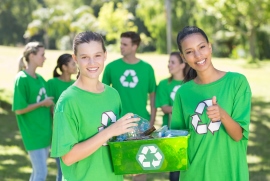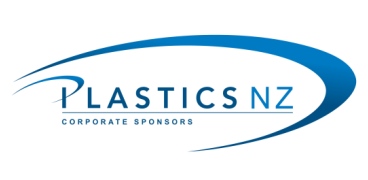Consumer Recycling

Consumer recycling refers to the collection and recycling of plastic articles post being used by a consumer. There can be a variety of collection schemes including curb side collection, Community based Recycling or Consumer Drop Off Centres and Public Place Recycling Schemes often branded under Love NZ.
These collection schemes divert plastics from landfill or prevent them from ending up as litter. Most of the collection schemes have been designed to collect specific single use plastic packaging articles. However some collect long life products such as households and electronic appliances. The collected products are disassembled and separated and the recovered plastics is recycled.
To ensure they operate as efficiently and effectively as possible it is important individual consumers know and use the schemes available in their community. There are different types of plastics and mixing them can reduce their value for recycling.
Therefore help protect the environment by sorting plastics carefully in accordance with the scheme's guidelines, rinsing your plastic packaging and where required remove lids. Think carefully about what you are purchasing and where the product and its packaging will end up when discarded. Seek knowledge and educate yourself and your family as small changes made by individuals can add up to a large impact across a community.
The majority of the plastic waste going to landfill is post-consumer packaging waste. Some materials such as the PET used in soft drink bottles and natural milk containers have excellent collection rates.
Other rigid packaging containers and flexible film packaging are not universally collected. This is due to a lack of infrastructure in NZ, market economics and limited reuse opportunities for the captured materials. Product that is collected, often referred to as 'mixed plastics' is baled and exported mainly to Asian countries for recycling or waste to energy.
Plastics NZ strongly supports the 'reduce, reuse & recycle' philosophy towards plastics. It encourages schemes that expand our collection and recycling infrastructure and other initiatives that divert plastics from landfill. Members are constantly challenged to seek innovative uses for recycled materials and we celebrate those successes at the New Zealand Plastics Industry Design Awards.
National Kerbside Standardisation as of 1st February 2024
 From 1st February 2024, everyone in New Zealand will have to follow identical guidelines for what items can and cannot be placed in their kerbside recycling bins.
From 1st February 2024, everyone in New Zealand will have to follow identical guidelines for what items can and cannot be placed in their kerbside recycling bins.
Only glass bottles and jars, cans, paper and cardboard (including pizza boxes), and plastics marked #1, #2 & #5 can be put in your recycling bin. Items must be clean. All lids and caps, and items under 50mm are excluded!
The Ministry for the Environment and the Local Councils will be running an education campaign around Kerbside Standardisation for the next 6 weeks.
New items excluded from 1 February 2024:
- Items less than 50mm (e.g. caps, small cosmetic and spice containers)
- Aerosol cans (steel and aluminium)
- Liquid paperboard (Tetrapak and juice boxes)
- Plastics 3, 4, 6 and 7 (Includes all film - Separate Scheme - Soft Plastics Recycling)
- Aluminium foil and trays
- All Lids & Caps (separate scheme launching and being rolled out around NZ Caps & Lids - Recycling Scheme )
- Items over 4 litres
While reducing the use of single use items is the best way to reduce waste, the second best is recycling correctly.
For further information vist the Ministry for the Environment's website
https://environment.govt.nz/what-you-can-do/campaigns/recycle/
Got an item to recycle that can't go in your Kerbside collection bin?
Check with your local council for what services they offer in your region. Many have resouce recovery centres, e-waste facilites or inorganic collections/drop-off dates for domestic waste.
Other Domestic Recycling Services
- Circular Economy Directory
- Visy Recycling MRF's Education NZ
- Packaging Forum Programmes
- Airpop - Domestic EPS Recycling
- Soft Plastics Recycling
- Caps and Lids Recycling Programme
- Food & Beverage Carton Recycling (Tetrapak/Liquid Paperboard)
- Car Seat recycling
- Terracycle Programmes - Individual Brands Recycling Programmes (Food, Cosmetics, Stationery)
- E Waste recycling
- E-Waste recycling - Community Days
- Appliance Recycling - Auckland
- Battery Recycling
- Whiteware Recycling - Auckland
- saveBOARD - Tetrapak Recycling Drop off points
Futher recycling information & contacts are available on our Industrial & Commercial Recycling Page
